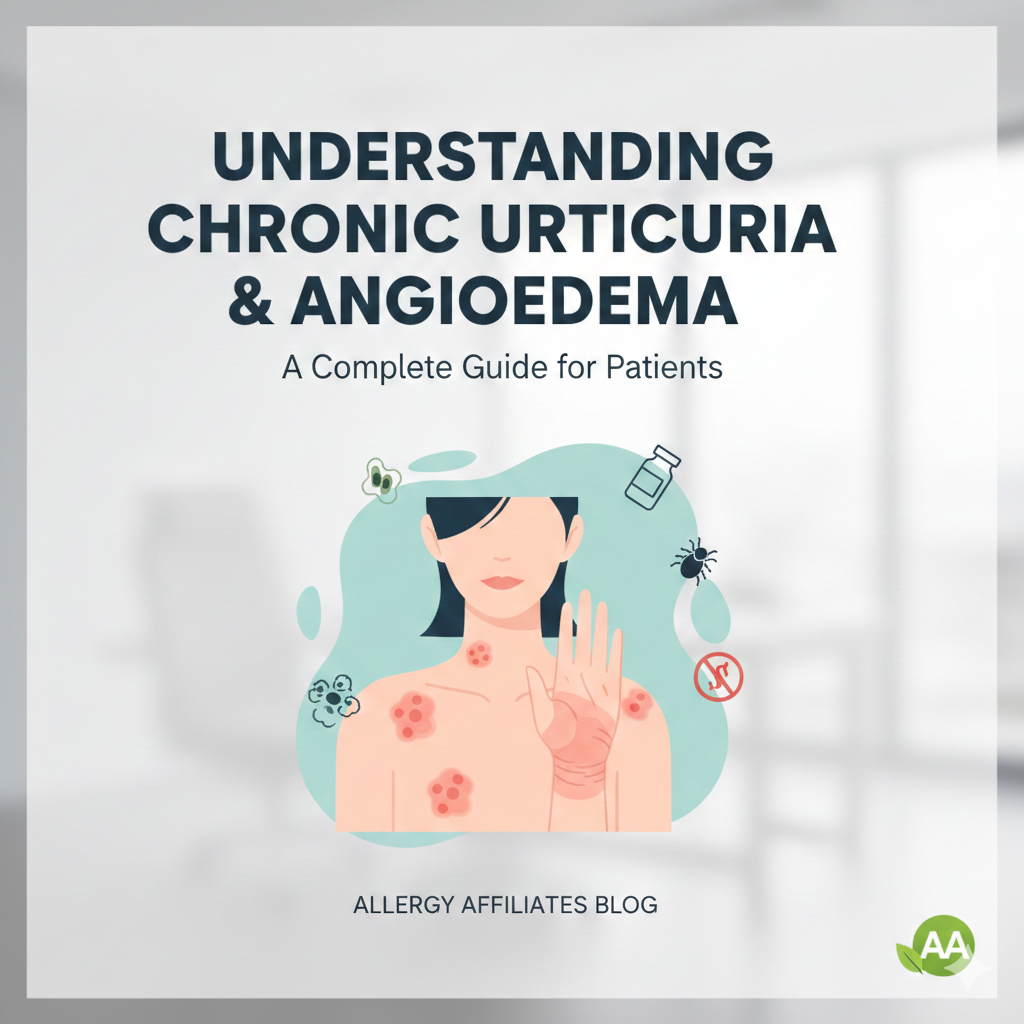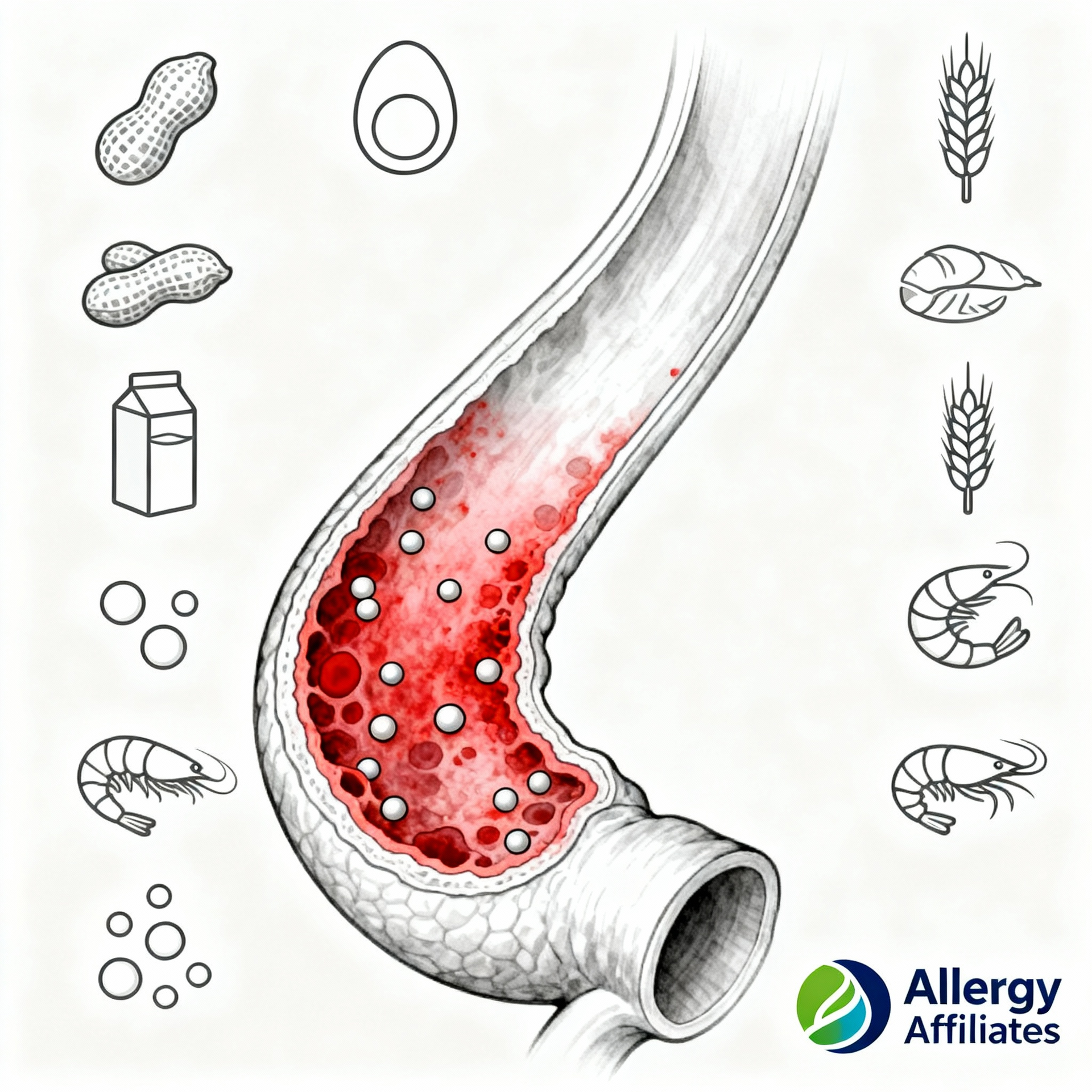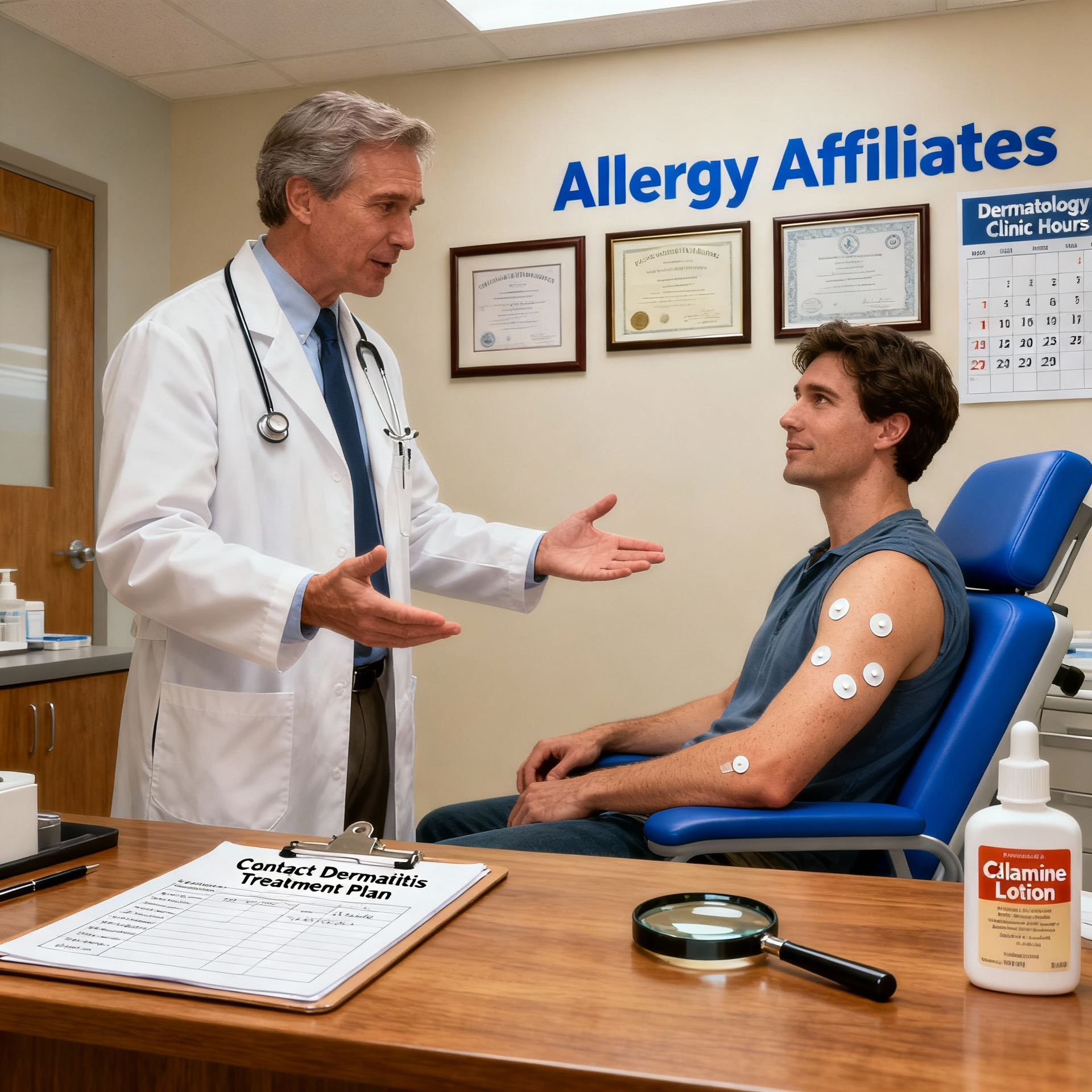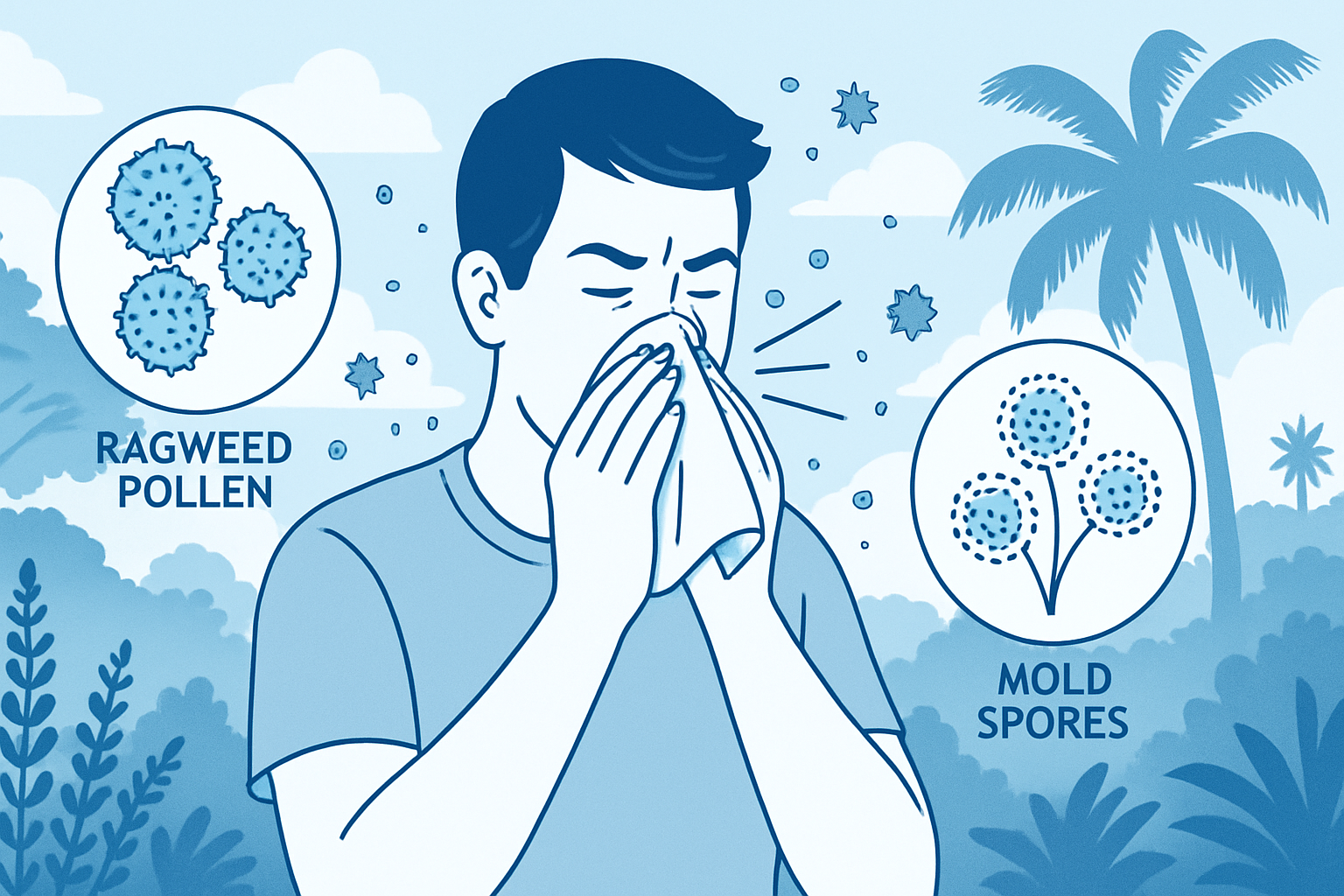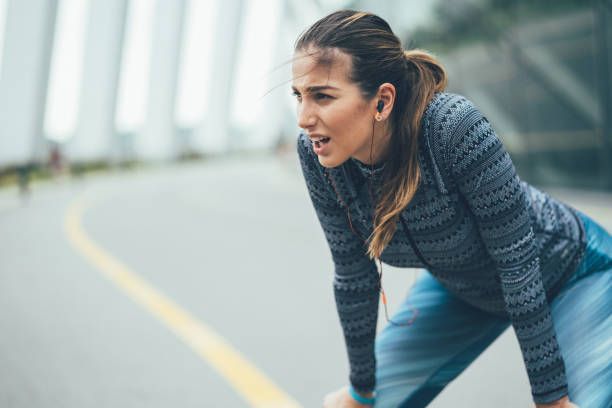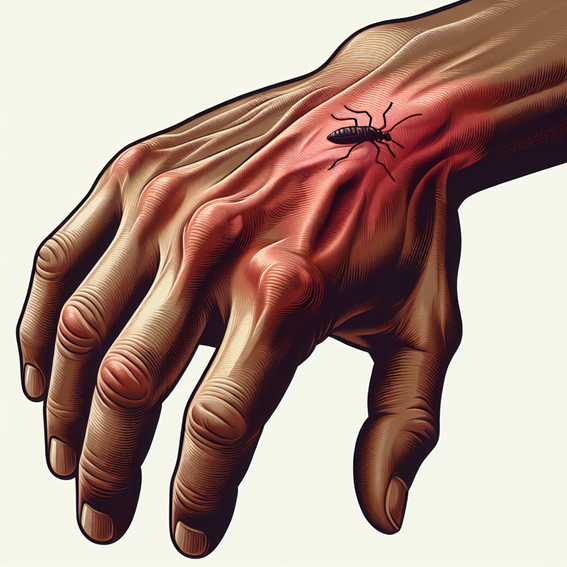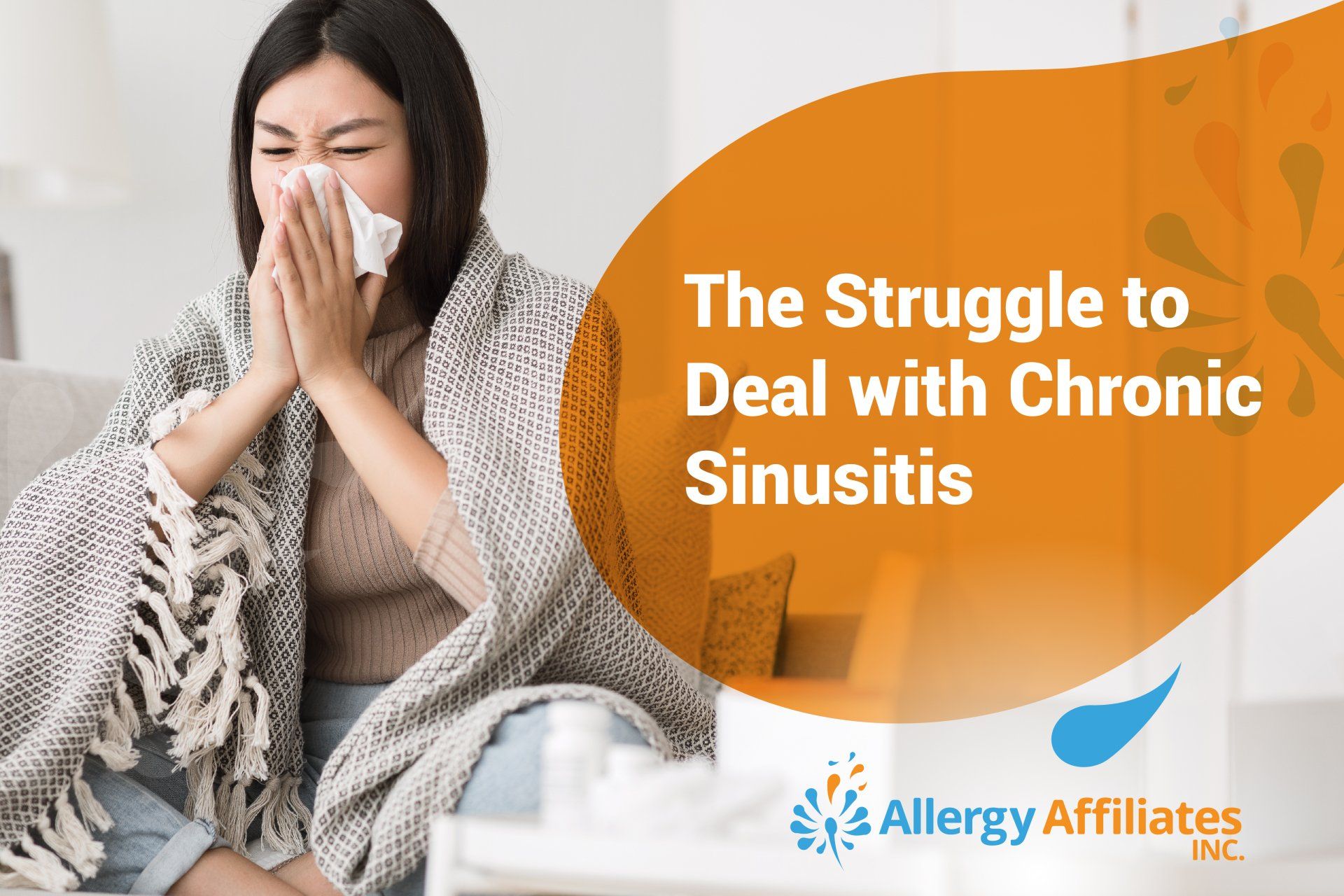
Colds can be uncomfortable regardless of the season. When it develops into a sinus infection, it can be even worse. Most people who have a sinus infection deal with it for a week or so. It's a hassle, it affects your health, and quite frankly, nobody wants to deal with it. But for many others, dealing with a sinus infection becomes a chronic problem that can negatively impact their lives.
This article will look into what causes chronic sinusitis and what measures you can take to treat it.
Understanding Chronic Sinusitis
Sinuses are the cavities within the bones of the skull. They are responsible for draining fluid from the nose. When nasal passages or sinuses have inflammation or infections, symptoms manifest. Since this is an inflammatory condition, it causes a lot of pain and discomfort among those suffering from it. The condition becomes even worse when it becomes chronic.
Chronic sinusitis refers to repeated acute infections in the sinuses. It is also considered chronic when the symptoms last for more than 12 weeks. Sinusitis usually lasts only a few days (usually a week), whereas chronic sinusitis can last for months. When someone has chronic sinusitis, swelling and mucus build up in the sinuses, resulting in them becoming irritated and blocked for a prolonged period. The repeated infections could be due to environmental factors such as pollution, parasites, allergies, to name a few.
The following symptoms frequently characterize chronic sinusitis:
- Headache
- Tiredness/ fatigue
- Ear pain
- Sore throat
- Halitosis (bad breath)
- Soreness in the jaw and teeth
- Having a feeling of nausea
- Cough that worsens at night
Chronic Sinusitis: What are the Causes?
There are many causes of nasal inflammation, which are listed below. With a consultation, your doctor will determine the root cause and recommend the right treatment option. If left untreated, it can lead to sinusitis complications and negatively impact the person's day-to-day life. The common causes of sinusitis are the following:
- Allergies, particularly from the environment (pollen, dust, etc.).
- Respiratory tract infections from a virus or bacterial infection in your lungs, nose, or throat.
- Known as nasal polyps, tissue growths inside your nose obstruct your sinuses and create breathing difficulties.
- Deviated septum, a space between your nostrils where tissue is uneven and can prevent airflow.
In addition to chronic sinusitis, other health conditions can cause it, such as:
- HIV or human immunodeficiency virus
- asthma
- GERD or gastroesophageal reflux disease
- cystic fibrosis
Follow These Steps to Control Chronic Sinusitis
If you're one of the 30% of Americans who experience chronic sinusitis, you know what a struggle it is to deal with the discomfort and pain triggered by this condition. It's not life-threatening, but it is life-debilitating. The condition's impact on the patient's life depends mainly on how it is managed and controlled. Following chronic sinusitis treatment can help you better manage and minimize its symptoms.
Avoid Allergens That May Trigger It
Whenever possible, avoid contact with substances that you are allergic to. This includes dust, pollen, smoke, animal dander, or anything else that may cause swelling of the sinuses. Better yet, identify and treat underlying conditions that cause chronic sinusitis with the help of an allergy specialist. Keep your symptoms under control by working with your doctor.
Take Prescribed Medication
The first line of treatment is typically through medications prescribed by doctors. Sometimes this treatment is sufficient to clear up the problem quickly. To treat your sinus infection, your doctor may prescribe antibiotics, decongestants, antihistamines, nasal sprays, pain relievers, or steroids. Your doctor will design a treatment plan based largely on the cause of your infection.
Use a Humidifier
Mucus in your nose, and sinuses cannot properly drain if the air you breathe is too dry. Increasing the moisture content of the air will ease nasal irritation. A humidifier can improve your air quality and relieve sinusitis symptoms such as dry throats, stuffy noses, and nasal congestion. Just make sure to clean your humidifier regularly to keep it clean and mold-free.
Nasal Irrigation May be Helpful
Nasal irrigation, alternatively referred to as a sinus flash, is the process of passing salt water or saline solution through the nasal passages. A bulb syringe or a neti pot works well for this purpose. It keeps nasal passages open by flushing thick or dried mucus. Additionally, it will help clean, prevent the infection from spreading to the sinuses and relieve postnasal drip. It also keeps the mucous membranes moist, which contributes to nasal comfort.
Protect Yourself from Infections
You should not come in contact with those who have colds or other infections. If you're going out, it's best to wear a mask to avoid inhaling the virus and avoid closed spaces with many people. Furthermore, hands must be washed with soap and water frequently, especially before eating. Maintain good health by following a healthy diet, having regular exercise, and limiting alcohol consumption. Lastly, if you're sick or experiencing sinus symptoms, take a break to allow your body to heal.
Do Steam Therapy and Have Warm Compress
You can relieve sinus pain with a warm washcloth. The heat will help ease facial pressure. Alternatively, you can do steam inhalation or therapy wherein you inhale water vapor. Warm, moist air works by releasing mucus from the nose, throat, and lungs.
By doing this, you might be able to ease the discomfort of swollen, inflamed blood vessels in your nose. While steam inhalation does not cure infections like a cold or flu, it can significantly reduce your symptoms. Be careful not to burn yourself during the process.
Drink Lots of Fluids
Keep hydrated! Increased fluid intake enables your body to eliminate toxins and renders thick mucus more fluid. It's better to choose warm water when symptoms are present to avoid throat irritation.
Quit Smoking
Smoking and other pollutants in the air cause chronic sinusitis and worsen symptoms. It can irritate and inflame the lungs and nasal passages. Because of this, people with the illness should quit smoking or avoid secondhand smoke.
Sinus Surgery May Be An Option
When treatment or medication does not work, endoscopic sinus surgery may be recommended. During this treatment, your doctor will examine your sinus passages using a flexible tube equipped with a light (endoscope). The doctor will then remove tissue or remove a polyp causing nasal obstruction. It may also be possible to enlarge a small sinus aperture to improve drainage.
You Can Get Help for Chronic Sinusitis
When you are constantly getting sinus infections, or the infection just won't seem to go away, you need to address the underlying issue. The best way to handle your condition is to seek the help of a specialist like an ENT doctor or an asthma and allergy specialist.
If you live in or around the Sarasota and Bradenton area, consult with Dr. Sabharwal, at
Allergy Affiliates! Call or
schedule an appointment online so you can get help with your chronic sinusitis.
